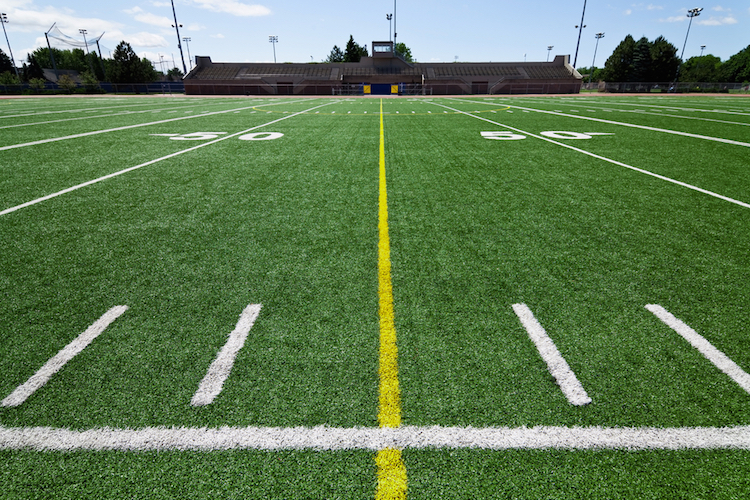4 Ways Teams Are Optimizing Down Time with Sports Communication
The NBA offseason is about four months long—closer to six if a team doesn’t make the playoffs. The NHL’s down time is about the same, plus two extra weeks during Olympic years. Major League Baseball takes 4-5 months off, as does Major League Soccer. And then there’s the NFL, in which some teams’ offseasons run almost seven months (minus minicamps).
And down time isn’t just limited to the offseason. Long flights and the space between games on road swings are generally unproductive; NFL teams only practice a few days a week; and a baseball game’s pace is essentially down time interspersed with a couple hundred brief moments of action. Effective sports communication can be challenging when teams aren’t competing or practicing. But organizations find a way, and many are turning to tablet-based solutions to optimize how coaches and players plan and learn off the court, field, or ice. Here are four ways teams are using sports communication tools to make the most of their down time:
1. Digital playbooks
“Studying the playbook” has been an imperative for football players since the forward pass was first legalized (if not earlier). For decades, playbooks were sheets in a binder handed out at practice. This approach had one big drawback: If a play was added or modified, players generally had to wait until they returned to the stadium to see the update. Today’s tablet technology leaves binders far behind. Playbooks can be loaded onto an iPad without the need to plug the device into a computer. Updates and changes can be made quickly and efficiently, and then automatically appear on a player’s tablet. If a play is tweaked five minutes after players leave practice, the new version can be on their iPads five minutes later—by the time they arrive home.
2. Personalized game film
Getting the right video footage to the correct players and coaches in a timely manner is always a challenge. Tablet-based sports communication solutions make this important job easier while expanding the possibilities for scouting, game preparation, and game review. NFL players can finish a road game on a Sunday afternoon, then watch video of their next opponent (that also played Sunday) on the plane ride home. A pitcher can have access to every recent at-bat of a hot hitter he is facing the next day. Basketball coaches can review their team’s performance soon after a game is over. And with some solutions compressing video files, video coordinators don’t have to worry about sending too much footage to an iPad—there will always be room.
3. Collaboration with coaches and players
Savvy professional athletes are constantly thinking about their respective sports and look for a competitive edge. These players’ insights are crucial to game plans, playbooks, and strategies. Sports communication with these athletes is essential, and tablet-based solutions can foster this collaboration. For example, an All-Pro quarterback has an idea for a play that can break the swarming defense of a key opponent. He draws the play out on his iPad and sends it to his receivers and his coaches. They add comments, suggestions, and questions. After some back and forth, they agree on a play they think will work. All this collaboration occurred before the offense even stepped on the practice field—during the down time between workouts. The play may turn out to not be successful, but the collaboration involved clearly is.
4. Interactive training plans
The need for players to stay in shape in the offseason has never been questioned, but the execution of that plan is another matter. Some players are workout demons in the offseason, some hire personal trainers, and others rely on their teams for guidance. The last thing a coach or GM wants to hear during training camp is “He looks a little pudgy.” Tablet-based sports communication platforms can deliver interactive training and nutrition plans to players. Regimens can be updated, progress can be tracked, and questions can be asked when needed. This approach can benefit teams that want to avoid players who aren’t ready for the start of the season, as well as players, especially rookies, who must be in peak shape when camp begins.
How have sports communication tools helped your team?





